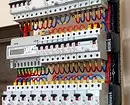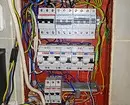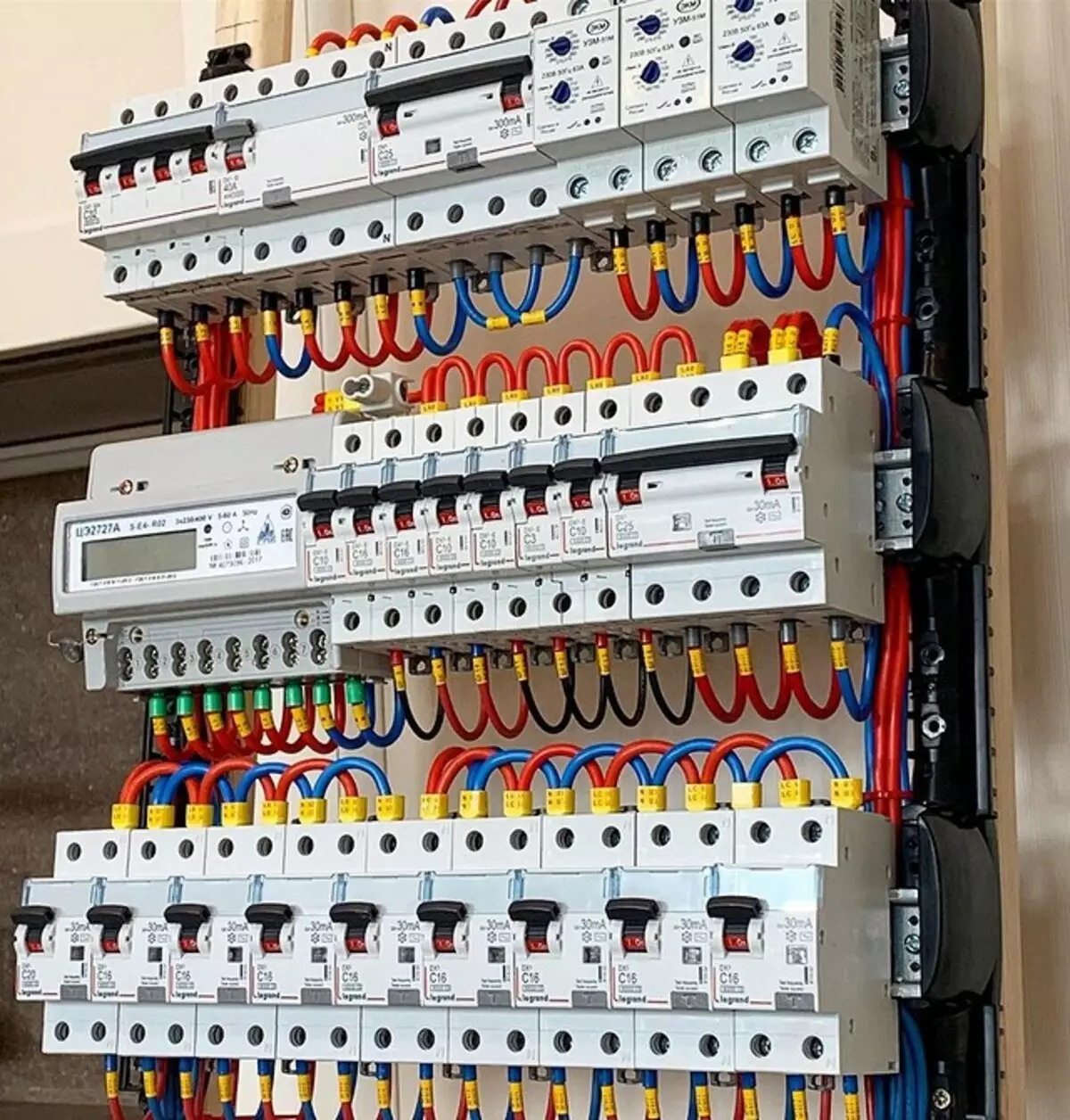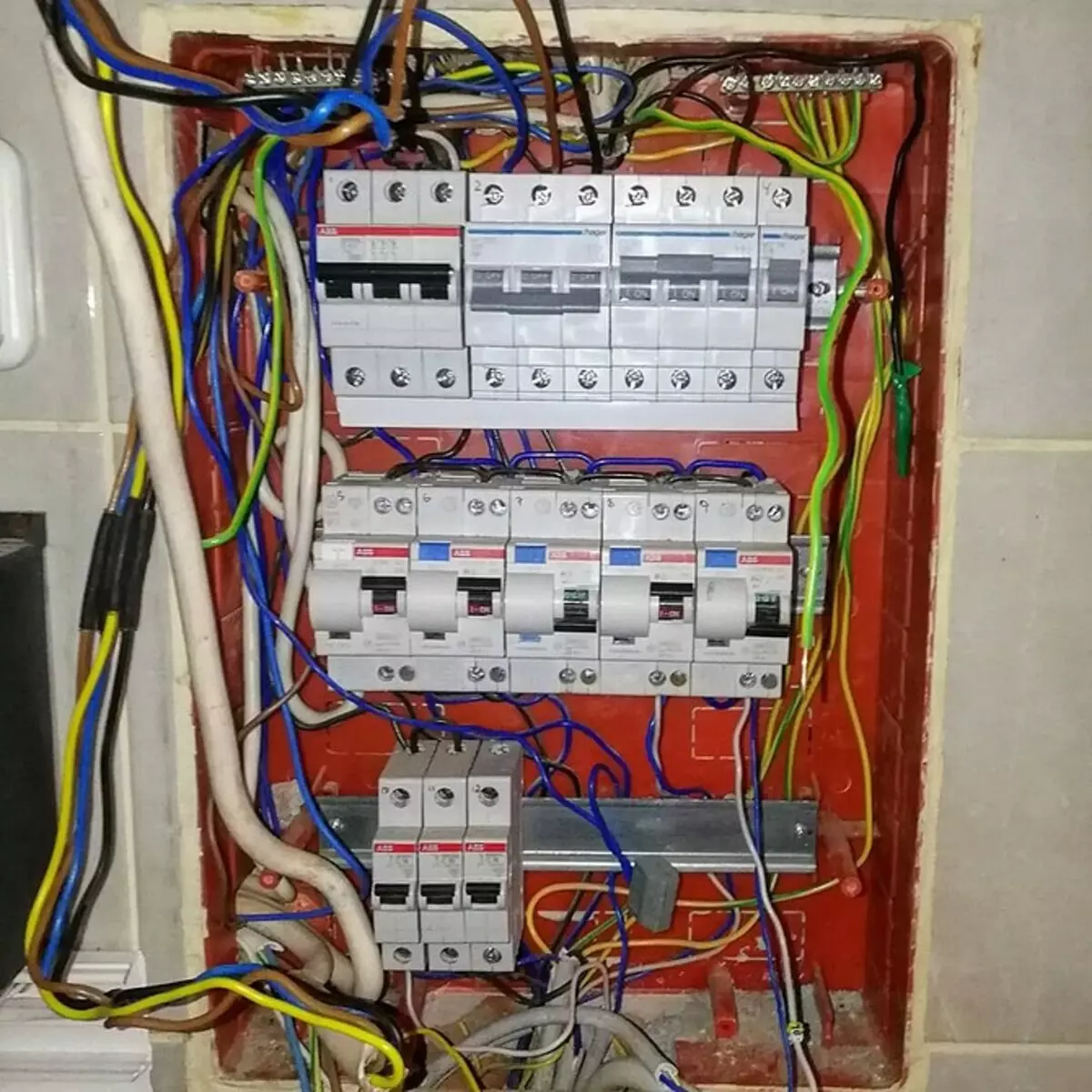All about the definition of a protective shutdown device, the features of its installation and differences from the machine.
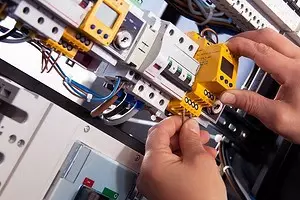
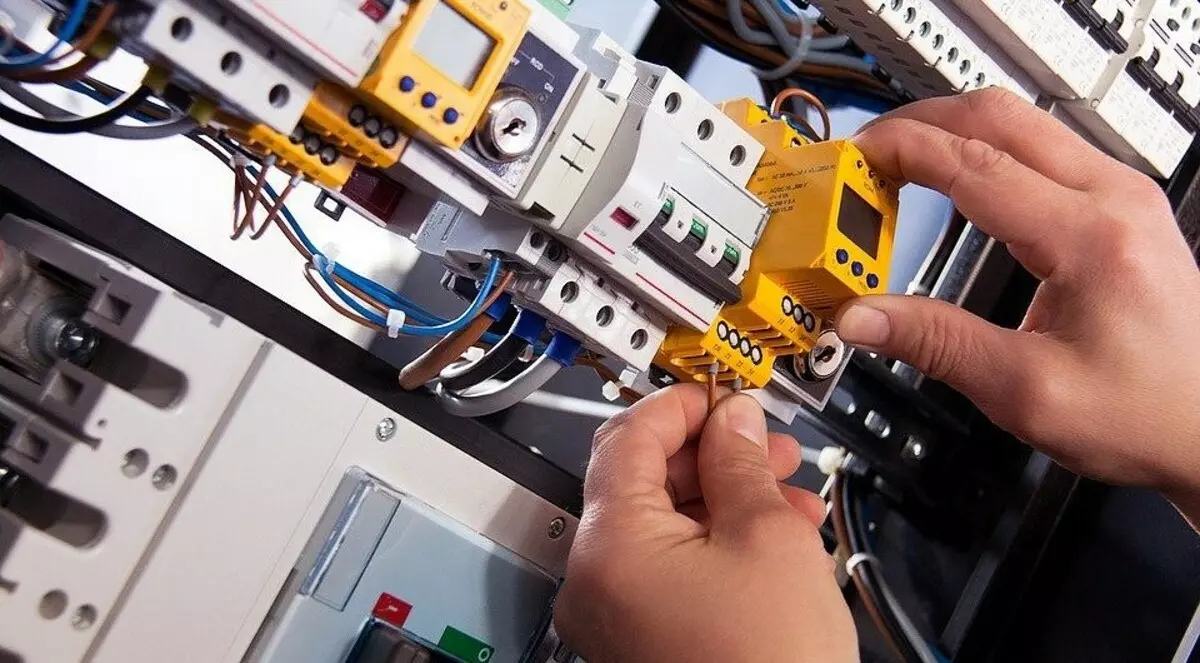
All homeowners are familiar machines that protect the apartment electric grid from overload (for example, due to short circuit) and associated with her trouble. But one automatic network security switches do not achieve. To do this, a number of other devices are used, the most popular of which today is the device, known as the Uzo, what it is in the electrics - tell in the article.
All about Uzo.
PurposeDifferences from the machine
Installation sites
Why need a Uzo.
So, what is the UDO in the electrics? The abbreviation is decrypted as a "protective disconnection device", and engineers and specialists prefer to call it a differential switch. The device is designed to track current leaks arising from damage to wiring and electrical appliances.
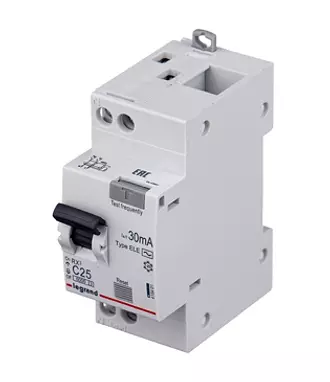
Differential lagrand machine
In normal conditions, the current, simplisticly speaking, flows from linear to the neutral conductor (from the "phase" to "zero") through a device that is driven (for example, a light bulb or electric motor). If, say, as a result of damage to the bare, the wiring or metal housing of the household appliances (for example, the washing machine) turns out to be energized, the situation may occur when the current begins to proceed not to the "zero", but literally to the ground. This happens, unfortunately, often - a person touched the wire and received a blow to the current - the current through his body went to the ground. The circuit breaker will not even notice this small load and does not work, and the current blow can be fatal. Here to protect against such leaks and it is necessary to the UDO.
The devices are especially important to protect the power grid in places of increased danger, for example, in wet premises, as well as everywhere where there is contact with earth and high humidity. The protective shutdown devices are mandatory installed on the lines of electrical wiring for bathrooms and for a street network, for example, in the country.
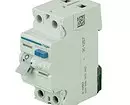
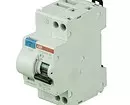
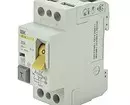
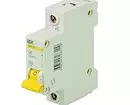
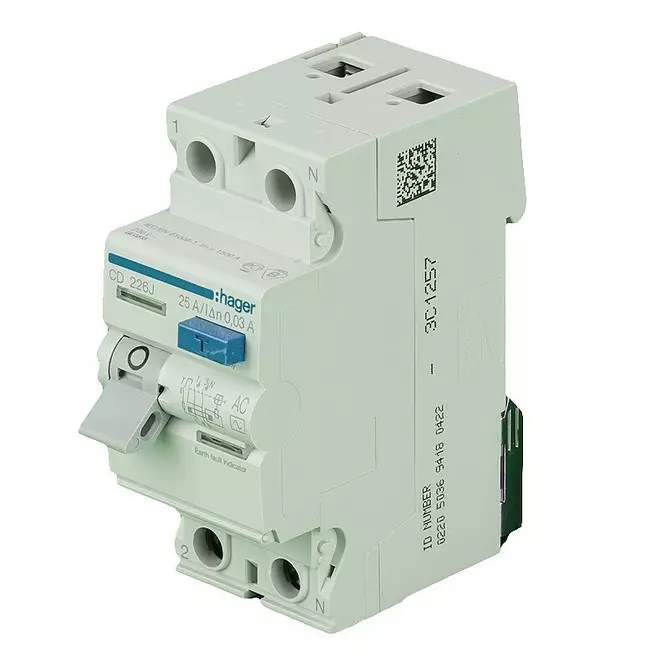
UZO Maximum passage current 25 A, leakage current 30 mA
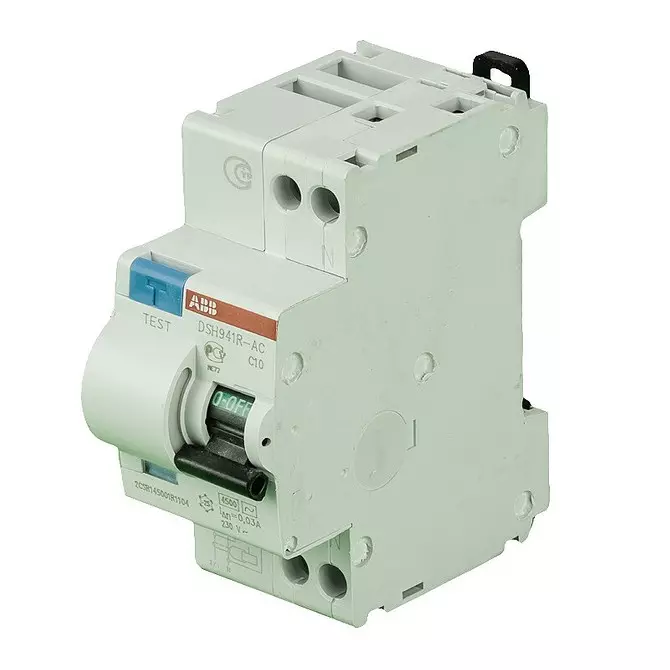
Differential ABB DSH941R machine Maximum passage current 10 A, leakage current 30 mA
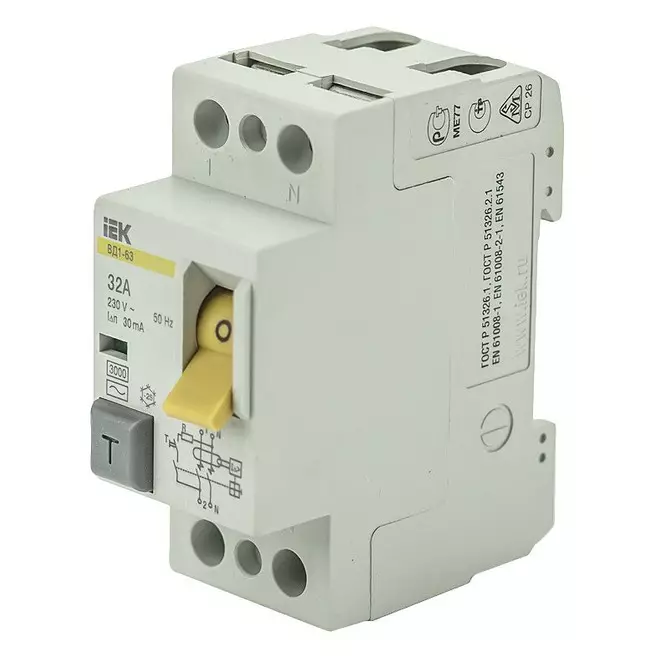
UZO Maximum passage current 32 A, leakage current 30 mA
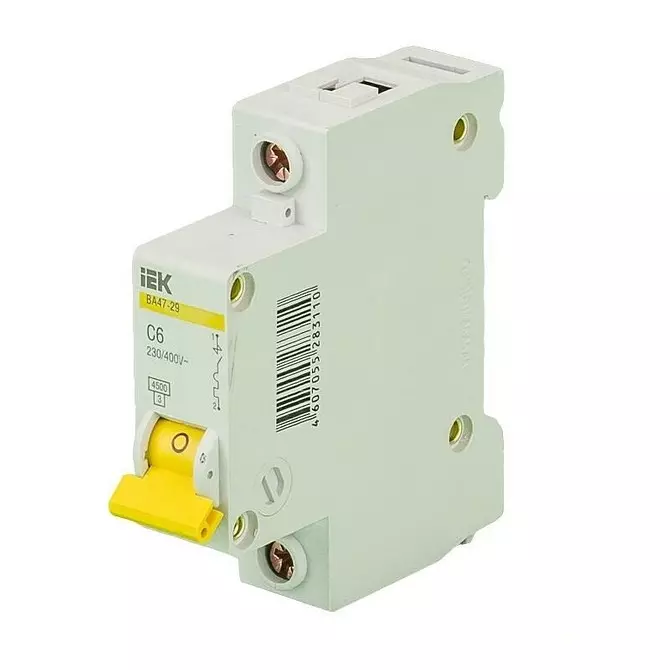
For comparison: ONE-POST circuit breaker. Visual differences: Only one wire at the input and output is connected.
Differences from the machine
So, what is the difference between the RCD from the machine in the electrics? Without going into the details of the design - the machine works at currents greater than the maximum load on the network (for example, there are automata 10, 16, 25 amps), and the most popular protective shutdown models are triggered from the leakage current of 30 milliamper (MA). That is, the current is obtained almost 1,000 times weaker. The speed of protection is approximately 100 milliseconds (0.1 s). For such a short moment of exposure, a person will not even feel the blow.
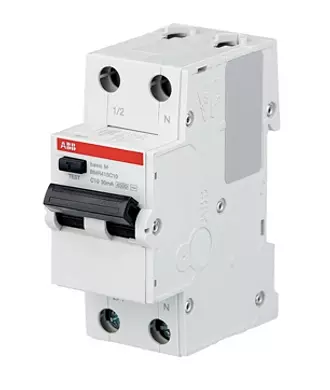
Differential automatic machine ABB.
In contrast, let's say, the protective shutdown device requires regular preventive maintenance from the circuit breakers. However, there is nothing hard in it - the owner must press the button on the housing.
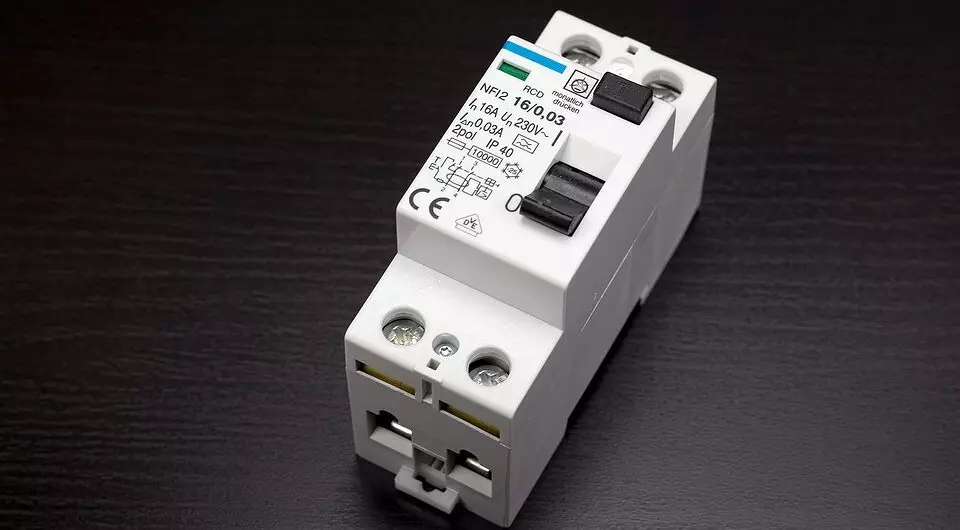
Where and why put a circuit
The device can be installed as separate branches of the power grid serving particularly dangerous zones (bathroom, sauna, garage, yard) and the entire house network. In Western countries, it is generally often not customary to be understood with protection, they can be put on almost every group of sockets.For wet zones and streets
To protect against damage to the current in wet and rawrooms, and the street network uses the UZO by 30 or (less often) 10 mA. These devices provide a comfortable level of security, but they are too sensitive, and if they are put on the entire house network, false responses may occur.
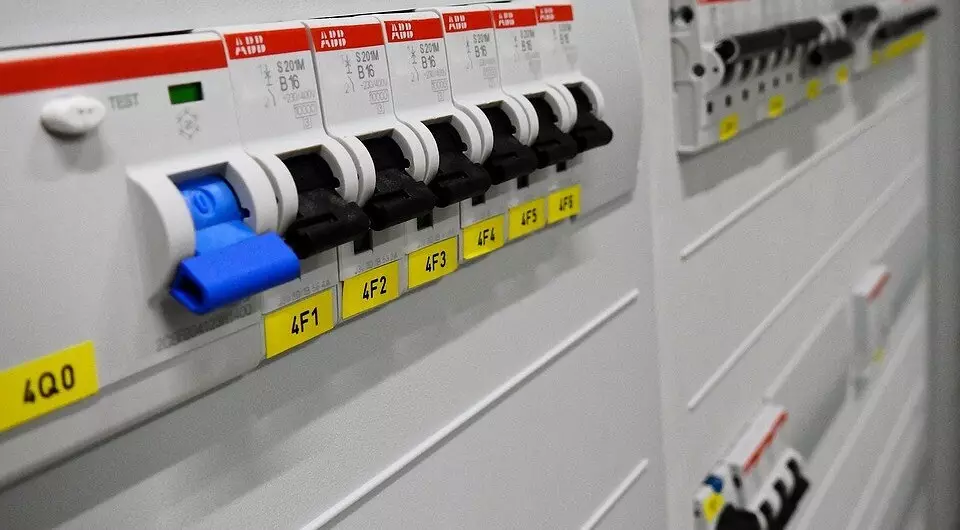
For the whole house network
Switches per 100 mA (and more than 300 mA) are not as comfortable - a person will feel the blow to the current, but not suffer - but they are less sensitive. They are put on the house network as additional protection, as well as protection against fire. These devices are able to catch leaks arising in the hidden places of wiring. For example, somewhere in the wall or in a rosette for furniture, there was no dod to live in a wire or weakened the screw clips of contacts. The wire or socket begins to warm. If the leaks are not sufficiently large (less short circuit currents), the circuit breaker does not work. For such cases, a special differential switch is required with a current response current 100 or 300 mA.
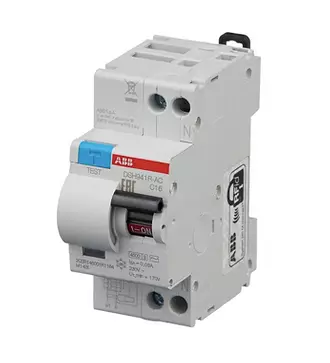
Differential automatic machine ABB.
Installation sites
Installations are usually installed in a din-rail type din-rail. The procedure for connecting the protective shutdown device and the circuit breaker can be any (the main thing is that the connection diagram is correct), but it is more likely to be ahead, and behind it the circuit is easier for it, and it is less likely to get confused for an inexperienced installer.
More importantly, connecting the nominal specifications of these devices. It is important that the UZO be designed to pass the current of the same strength or more as the switch. For example, if you have a 10 A automatic machine, then the RCD must also be calculated for current at least 10 A. And for functions, it is recommended to take a device designed for a more powerful current one step above. That is, in a pair with a machine 10 A, it takes 16 A, for 16 and take 25 A, etc.
An interesting variety of Uzo is models with built-in protection against voltage exceeding. If instead of 220 in the network will begin to "transmit" 260-270 V, then with the house equipment there will be serious trouble. To protect against such jumps and serves such devices.
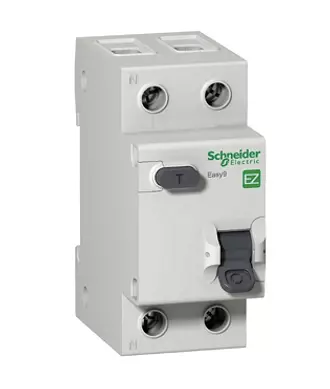
Schneider Electric Differential Machine
Circuit breakers and UzO can be combined into one device, which is called the differential current circuit breaker (AVDT or DIFAVTOMATOM). Which option is more convenient to use (two sequentially connected devices or one), depends on the scheme of connecting all network loads, but in fact it is, as they say, the case of taste.
